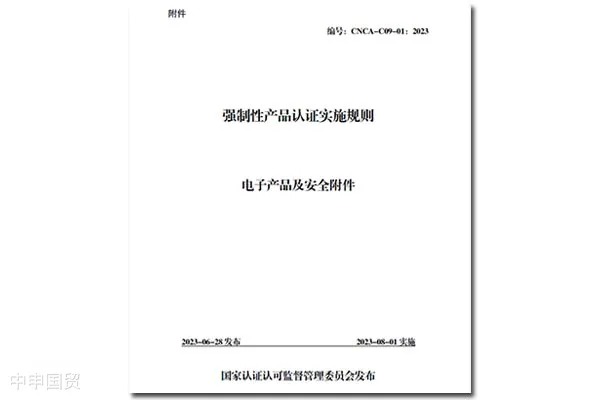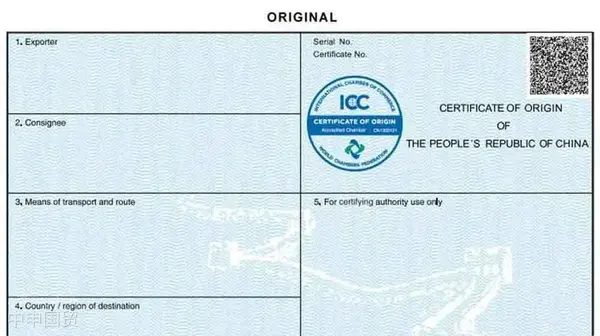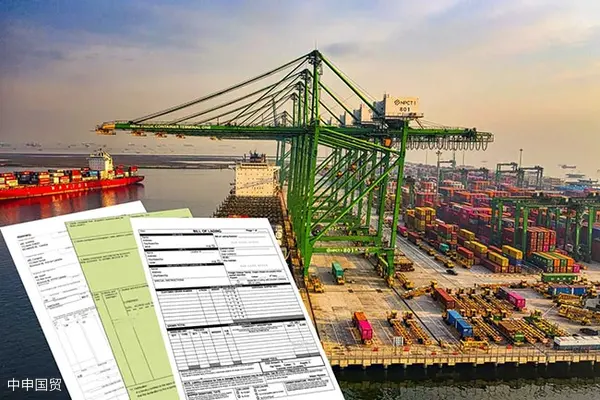- Shanghai Zhongshen International Trade Co., Ltd. - Two decades of trade agency expertise.
- Service Hotline: 139 1787 2118

This implementation rule is formulated based on the safety risks and certification risks of electronic products and safety accessories, aiming to stipulate the basic principles and requirements for implementing compulsory product certification for electronic products and safety accessories.
This rule is used in conjunction with general implementation rules such as the Implementation Rules for Compulsory Product Certification - Classification Management of Manufacturers, Selection and Determination of Certification Modes, the Implementation Rules for Compulsory Product Certification - Utilization of Manufacturers Testing Resources and Other Certification Results, and the Implementation Rules for Compulsory Product Certification - General Requirements for Factory Inspections.
Certification bodies need to prepare certification implementation details according to the requirements of the general implementation rules and this rule. Manufacturers should ensure that the certified products they produce continuously meet the certification and applicable standard requirements.
Scope of Application and Certification Basis Standards
This rule applies to electronic products and safety accessories listed in the compulsory product certification catalog. In case of any adjustment to the scope of application due to changes in laws, regulations, relevant product standards, technologies, industrial policies, etc., the documents issued by the CNCA shall prevail.
In principle, the certification basis standards should implement the latest version issued by the national standardization administrative department. When other versions of the standards need to be used, the documents issued by the CNCA shall prevail.
Certification Modes and Certification Unit Division
The basic certification mode for implementing compulsory certification of electronic products and safety accessories is: For Class I or Class II equipment: Type test + post-certification supervision; For equipment other than Class I and Class II: Type test + post-certification follow-up inspection.
Certification units should be divided according to different product categories, types, specifications, working principles, safety structures, etc. Products with special requirements, such as products with different working methods (e.g., scanning methods, display methods, printing methods, etc.), should also be divided into certification units according to different working methods.
Certification Entrustment and Certification Implementation
The certification applicant submits a certification entrustment to the certification body in an appropriate manner. The certification body shall handle the certification entrustment and feedback the information on acceptance or non-acceptance within the time limit specified in the certification implementation details.
Certification implementation includes links such as type tests, certification evaluation and decision. In principle, type tests should be completed in laboratories designated by the CNCA.
Post-Certification Supervision, Certification Certificates and Certification Marks
The certification body shall conduct subsequent supervision on the certified products to ensure that the products continuously meet the certification requirements.
The certification certificate is a legal document proving that the product meets the specified requirements and has legal effect.
The certification mark is a mark indicating that the product has passed the compulsory product certification, and its use should comply with the requirements of the Regulations on the Management and Use of China Compulsory Product Certification Marks.
This rule will come into effect on August 1, 2023.The Implementation Rules for Compulsory Product Certification - Audio and Video Equipment (CNCA-C08-01:2014), the Implementation Rules for Compulsory Product Certification - Information Technology Equipment (CNCA-C09-01:2014), and the Implementation Rules for Compulsory Product Certification - Telecommunication Terminal Equipment (CNCA-C16-01:2014) are repealed simultaneously.
Original Document:Implementation Rules for Compulsory Product Certification - Electronic products and safety accessories (CNCA-C09-01:2023)
Related Recommendations
? 2025. All Rights Reserved. 滬ICP備2023007705號-2  PSB Record: Shanghai No.31011502009912
PSB Record: Shanghai No.31011502009912










